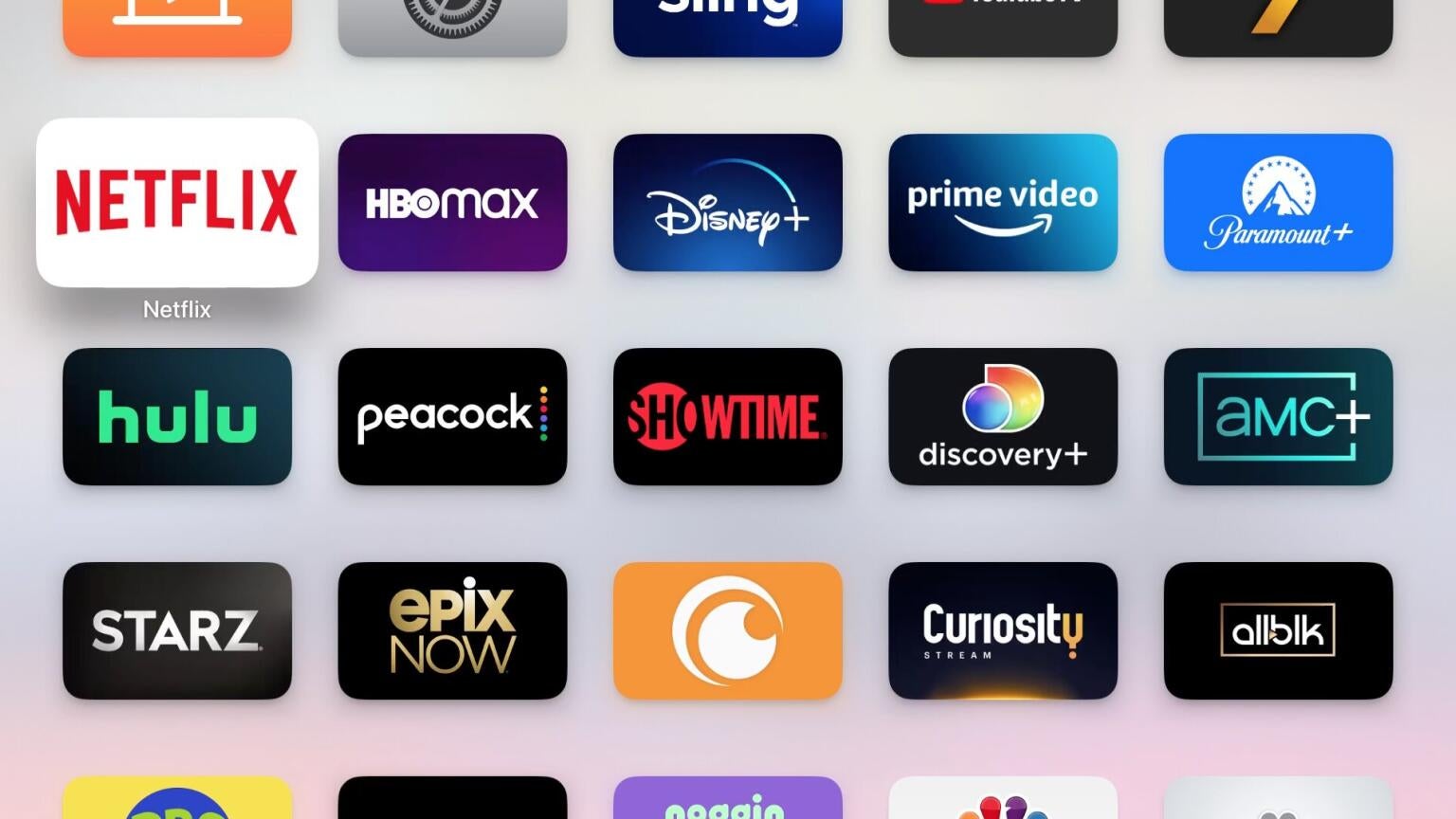
The streaming market’s maturity has been well documented over the past year; a new report from media research firm Parks Associates suggests that there are now more than 300 individual direct-to-consumer services in the United States, and many of them are struggling to keep customers long term.
Park’s numbers indicate that 48% of streaming customers canceled a subscription in the previous year, marking a major jump from 2019 when there were fewer services to choose from. The number of users canceling their services from virtual multi-channel programming distributors (vMPDs) like DIRECTV STREAM, YouTube TV, Hulu + Live TV, and others is lower, but according to Parks, that’s because many customers have already left those live TV streaming services.

The higher number of users bouncing around streaming services is not only an indication of tightening budgets and the bite of inflation, but also just how numerous direct-to-consumer (DTC) options have become. Of the reasons customers gave for canceling a service, finishing with the content they wanted was the No. 1 reason for cancelation.
This is why streaming services are continuing to spend billions of dollars annually on content, even though the services are continually losing money. The hope from the studios is that eventually, the investment will pay off in establishing consumer loyalty and lowering the levels of churn, but that does not appear to have happened in a substantial way for any streamer just yet.

Despite the hesitance to stick with a single service for too long, that doesn’t mean that users are afraid to try new things when it comes to streaming. Part of the reason that churn rates are so high is that users are subscribing to niche services more frequently.
Only around 20% of all streaming users are only signed up for the “Big 5” streaming platforms (Disney+, Netflix, HBO Max, Hulu and Prime Video), suggesting that streaming users are definitely branching out.

Despite the high churn rate, the stacking of services has continued unabated. Customers who use streaming services as their only way to watch TV are now averaging six subscriptions per person, which is more than double the average number in 2019. This suggests that the most important factor for streaming services moving forward will be trying to keep customers loyal with expanded content libraries. That’s how Netflix is able to keep its users for an average of 33 months, while newer services shed customers far more quickly.
Overall, the numbers from Parks indicate that streaming users and pay-TV users are continuing to diverge. Only 45% of U.S. households with internet are subscribed to a pay-TV service, down from 87% a decade ago. Streaming services can safely declare victory over cable and satellite, but they’ll have to offer impressive content libraries and innovative user features if they want to distinguish themselves in an incredibly crowded marketplace.
